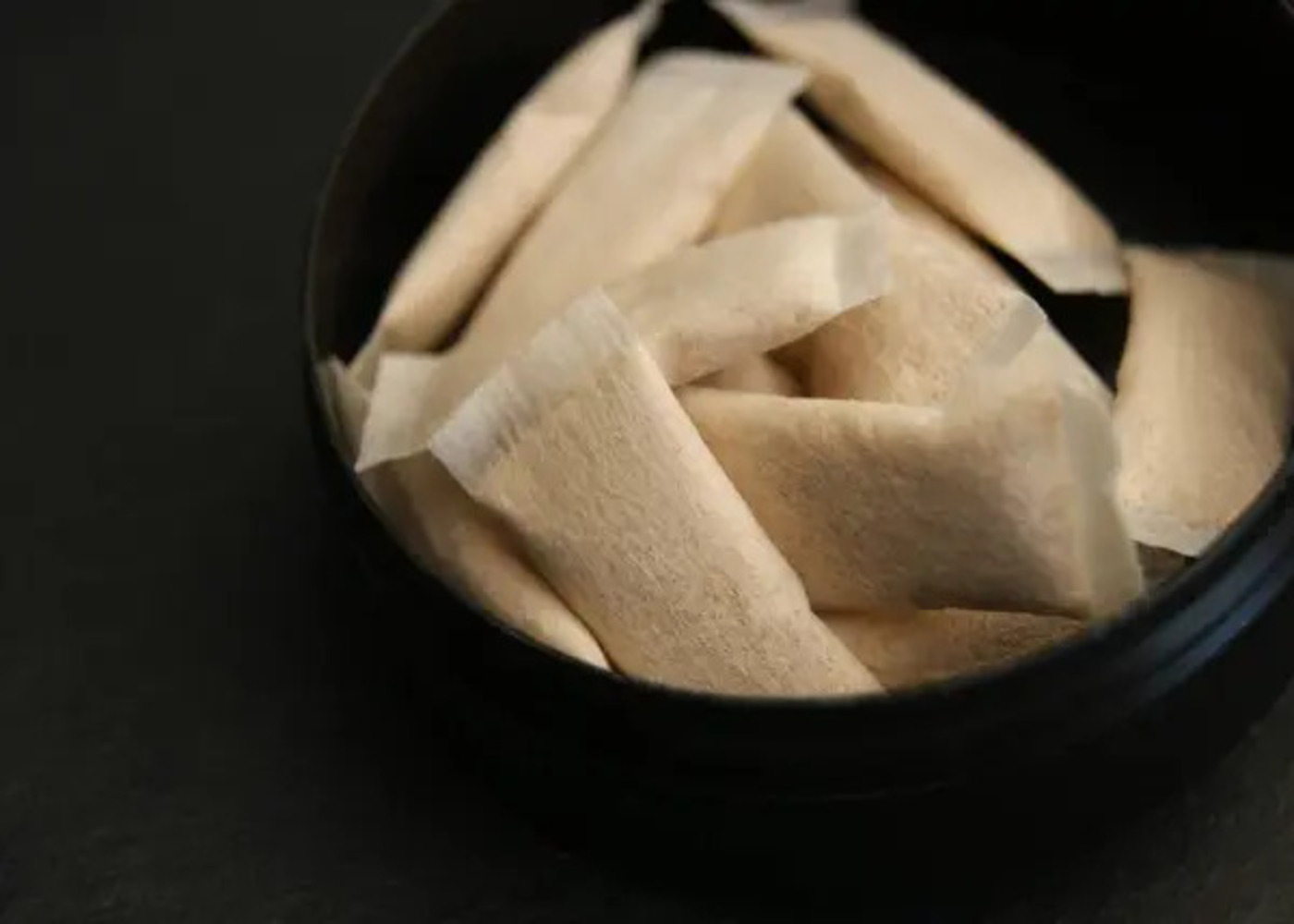introduction
A key element in many scientific and practical applications, density is a fundamental idea in physics and chemistry. A thorough understanding of density is crucial in the field of measurements, especially when converting between grams to ml. We will go into the idea of density in this blog article, looking at what it is, how it is calculated, and how it relates to changing grammes into millilitres.
Density: What Is It?
The density is a parameter that expresses how much mass fits into a particular volume. It measures how closely packed the substance's particles are inside that volume. Simply said, density describes how much weight there is in a given volume of a substance.
The density equation is:
Mass (m) / Volume (V) equals density ().
Where:
Grammes per millilitre (g/mL) or kilogrammes per cubic metre (kg/m3) are two common measures used to measure density ().
The amount of matter (m) that makes up an object is often expressed in grams or kilograms.
The quantity of space a substance occupies is known as its volume (V), which is frequently expressed in millilitres (mL) or cubic metres (m3).
How Is Density Calculated?
You must measure a substance's mass and volume in order to ascertain its density. Here is a simple method for calculating density:
Calculate the Mass: To calculate the mass of the material in grams or kilograms, use a balance or scale. Usually, a digital or spring balance is used for this.
Measure the volume: Depending on the material's state, multiple techniques may be needed to ascertain the volume of the substance.
Calculate the volume of solids by measuring their length, breadth, and height.Use a graduated cylinder or another vessel that has been calibrated to measure the volume in millilitres (mL) for liquids.
Once you have both the mass and the volume, you can compute the density by dividing the mass by the volume.
Density and Grams to Millilitre Conversion
Let's now draw a connection between density and changing grams to ml. Because it connects mass (measured in grammes) and volume (measured in millilitres), density is an important consideration in this conversion. Converting from grammes to millilitres is as follows:
Mass (g) / Density (g/mL) = Volume (mL)
You can see from this equation that you need to know the density of the substance in question in order to convert grams to ml. You can translate between mass (in grammes) and volume (in millilitres) using the density as a conversion factor.
Useful Application
Understanding density has a lot of applications. For instance, understanding each substance's density is crucial when converting grammes of a solid item (such as sugar or wheat) into millilitres for a liquid measurement (such as milk or oil). With this information, you can maintain the accuracy of your measurements and the consistency of your recipes.
Equally important in scientific experiments is density. Density measurements are used by scientists and researchers to comprehend the behaviour of substances, whether it is to calculate the concentration of a solution, forecast how different materials will interact, or plan experiments for precise outcomes.
Conclusion
A key idea that underpins many facets of science and daily life is density. Its relevance to the conversion of grams to ml emphasises how crucial it is to getting practical measurements right, whether in the lab, the kitchen, or any other setting where exact quantification of mass and volume is necessary. In order to bridge the gap between grammes and millilitres, keep density in mind the next time you set out on a cooking or scientific journey.







